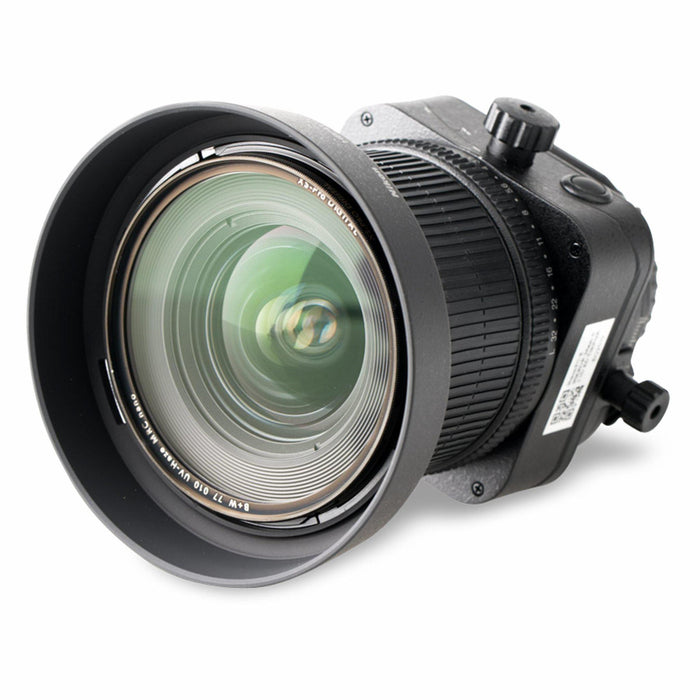

- #Nikon 24mm tiltshift update
- #Nikon 24mm tiltshift full
- #Nikon 24mm tiltshift Pc
- #Nikon 24mm tiltshift plus
Our testing software, DxO Analyzer, works by analyzing JPEG images of a test chart shot with a given lens. In short, it wasn't an easy lens to test.

However, before we examine the sharpness of the lens we need to devote a paragraph or two to our testing methodology with this lens. The 24mm ƒ/3.5 PC-E is a very sharp lens, but for $2,000, you'd expect it to be.
#Nikon 24mm tiltshift update
Update (February 2, 2009): We've removed the DX(D200) data.
#Nikon 24mm tiltshift plus
Nikon D700 plus PC-E 24mm at F11.The 24mm ƒ/3.5 PC-E comes standard with a bayonet-mounted bowl-shaped lens hood, a lens pouch, and a price tag just shy of $2,000. Nikon D700 plus PC-E 24mm at F11, shifted upwards. Nikon D700 plus PC-E 24mm at F11, fully tilted.Ī spider's home. Nikon D300IR plus shifted PC-E 24mm at F11.īog area in Minorca. Nikon D300IR plus shifted PC-E 24mm at F8. In a former steel production plant in Duisburg/Germany. But the PC-E performs clearly better and offers T&S. The 24mm f/2.8 Nikkors are very good, lightweight and cheap lenses. That means everything has to be done manually, including the opening and closing of the diaphragm.

It has no mechanical or electronical coupling elements. In my opinion the biggest disadvantage is the interface. On the other hand, according to some reviews on the Web the optical performance and the build quality of the Samyang lens seems to be a bit worse. The Samyang lens has two advantages over the Nikkor: it allows to change the orientation of the shift and tilt movements against each other and it costs only around 900 euros new. With maximum shift in horizontal orientation the corners are acceptable at F5.6 and good at F11. If the lens is heavily shifted it should be stopped down to improve the corner performance.
#Nikon 24mm tiltshift full
On a full format sensor in vertical orientation you should stop shifting at 10mm, better at 9mm:īoth images were captured at F11: on the left shifted 11mm upwards, on the right 9mm That makes it easier for the photographer when swapping between the different PC-E lenses. I guess it is the same with the PC-E 45mm. But that restricts compatibility with some camera bodies.ħ8mm and 85mm are very close, de facto the two lenses have the same tilt geometry. The Nikon service can replace it with a bigger one. Often criticised: the very small lock screw for the shift movement (cyan arrow). While "f" is the focal length for the PC-E 85mm, I measured "f" to be 78mm for the 24mm lens:
#Nikon 24mm tiltshift Pc
In my article Tilting the 85mm PC Nikkor lenses you will find some basic information about tilting which is also true for this lens.Įven the equation "d=f/tanα" is true, but you have to take into account that the PC-E 24mm is a retrofocus design.



 0 kommentar(er)
0 kommentar(er)
